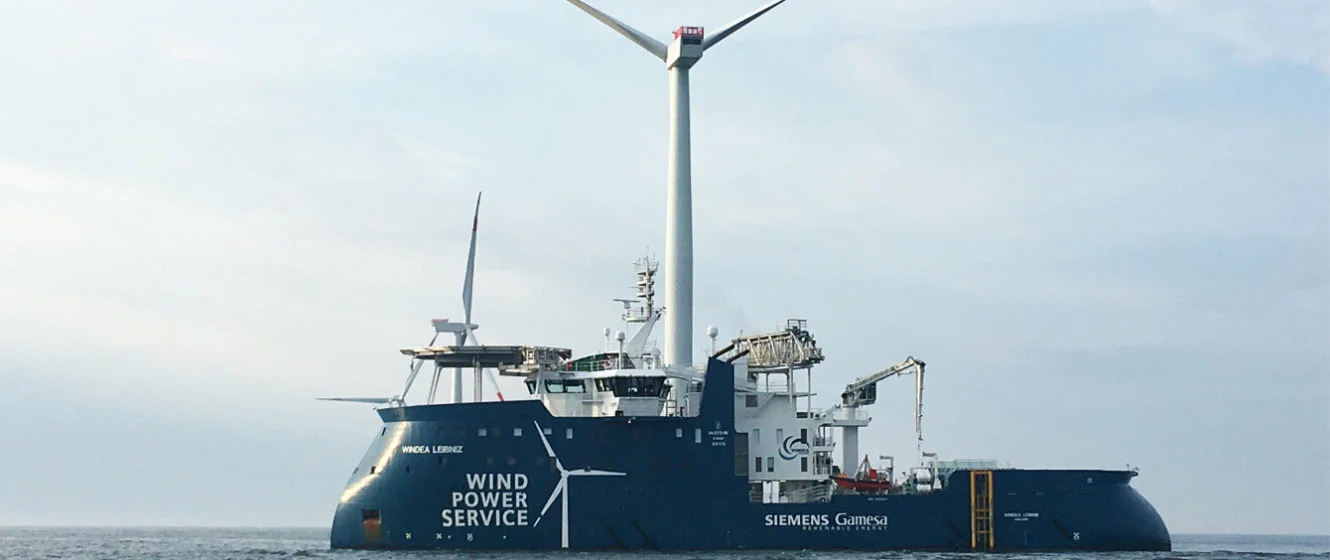The European Commission intends to spur the energy transition by boosting investment. To this end, it disbursed 1.8 billion euros in subsidies from the Innovation Fund in July 2022. The 17 projects considered cover a wide range of technologies, from options for decarbonising energy-intensive industries through innovative energy storage solutions to renewable energy. These include three ventures to build a green hydrogen economy, two of which with RWE’s involvement.
The financial aid will assist companies throughout Europe in developing the state-of-the-art technologies we need to drive environmental change. The Innovation Fund is an important tool for stepping up innovation in regenerative hydrogen and other solutions for the European industry. Frans Timmermanns, Vice-President of the European Commission
One such solution will be implemented off the German coast, north of the Isle of Juist. Together with Northland Power, RWE is planning the construction of the Nordsee 2 offshore wind farm, which will have an installed capacity of 433 megawatts (MW). It will consist of 15 MW turbines running an integrated 4 MW electrolyser that converts the wind power to green hydrogen on site. This would generate enough electricity to provide the wind farm with backup power and fill the tanks of maintenance ships.
Green hydrogen to decarbonise energy-intensive industries
A similar approach is followed by Shell in the Holland Hydrogen I project. The company envisages constructing a 200 MW electrolyser in the Port of Rotterdam that runs on electricity from the Hollandse Kust Noord offshore wind farm, in which Shell holds a stake. The 60,000 kilogrammes of green hydrogen the system can produce on a daily basis would be transmitted through a pipeline to the Shell Energy and Chemicals Park in Rotterdam.
In addition, RWE is involved in the FUREC project to demonstrate that hydrogen can also be produced from waste. For this purpose, the energy company is building a plant at the Chemelot industrial site in Limburg, Netherlands, that will be capable of converting plastic waste from the region to sustainable hydrogen. The fuel could then be supplied to chemical parks like Chemelot and help to decarbonise them.
Further subsidies earmarked for near-future disbursement
According to the European Commission, all told, technologies promoted by the subsidies could contribute to avoiding 136 million metric tons of carbon dioxide emissions in the first ten years. Again, the money will come from the Innovation Fund, which is financed using proceeds from the EU Emissions Trading System (EU ETS). The first disbursement resulted in 1.1 billion euros in total grants. A top-up enabled even more projects to be considered in this call for tenders.
But this is not the end of the road: The Commission seeks to publish a further call for proposals for large-scale projects in the autumn of 2022. According to the REPowerEU plan, the dedicated funds are set to be nearly doubled to three billion euros.
